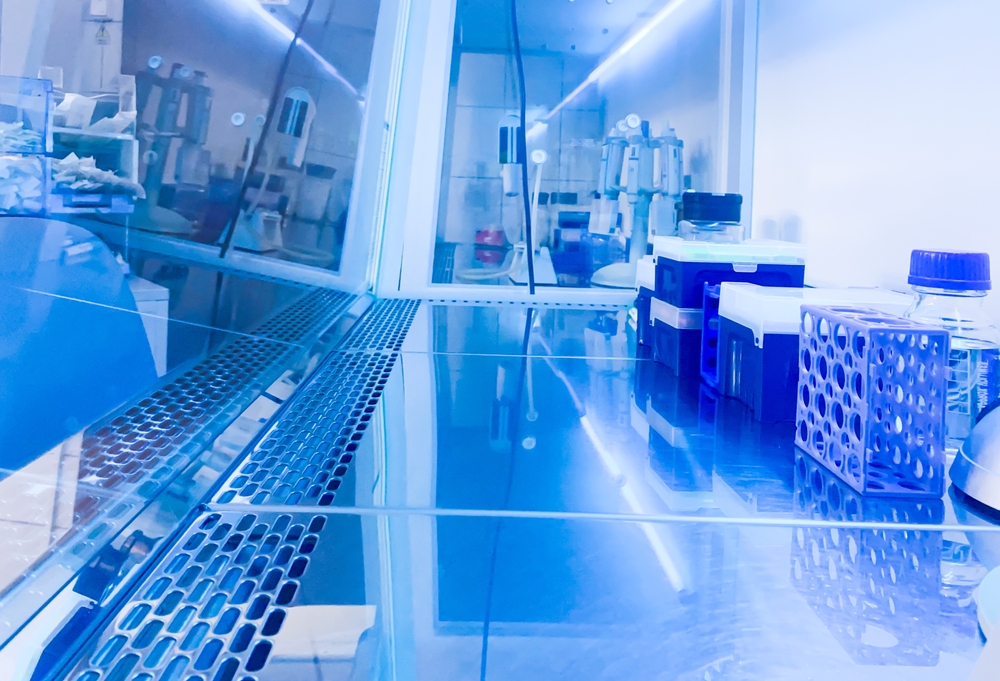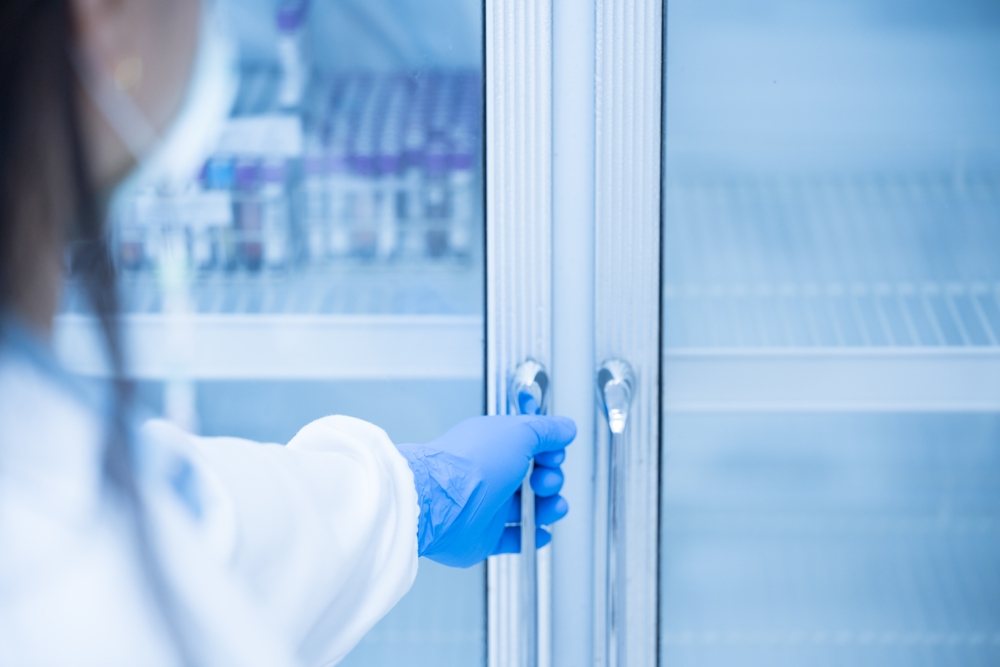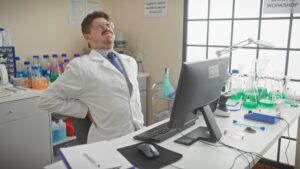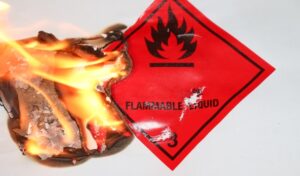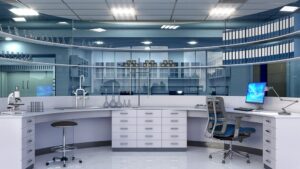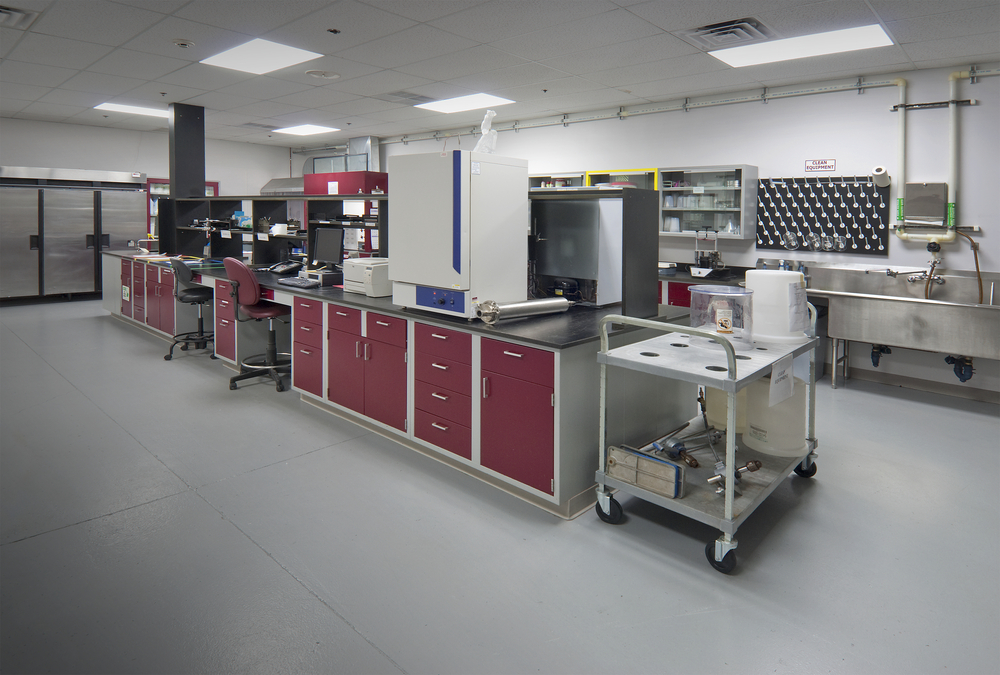
Laboratory cupboards play a crucial role in ensuring the smooth and efficient operation of laboratories across various industries. These specialized pieces of laboratory furniture are designed to store a wide range of lab equipment, chemicals, and supplies, while also providing a safe and organized workspace for laboratory personnel. In this article, we will take a detailed look at laboratory cupboards, exploring their various types, features, and uses in different laboratory settings.
Laboratory Cupboards: Key Attributes to Look For
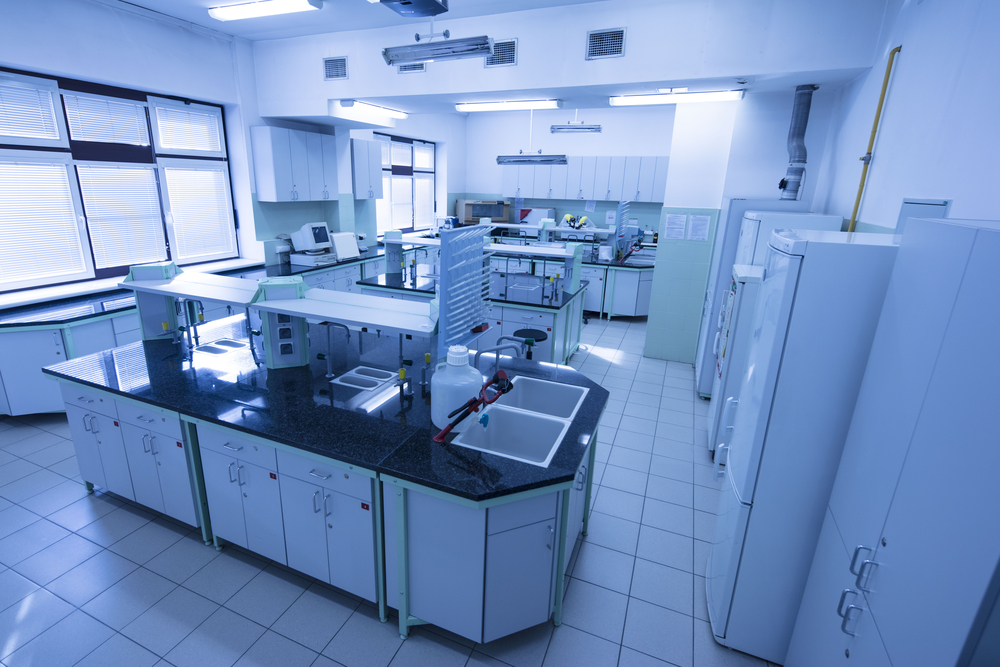
As with all lab furniture, strength and sturdiness are the primary requirements when selecting laboratory cupboards. However, several other key attributes should be considered to ensure they meet the needs of the laboratory environment. Here are some important factors to consider:
— Material
Choose laboratory cupboards made from durable, chemical-resistant materials such as stainless steel, epoxy-coated steel, or high-density polyethylene (HDPE). These materials are easy to clean and maintain in a lab setting.
— Safety Features
Look for cabinets with safety features such as self-closing doors, lockable handles, and spill containment trays. These features help ensure the safe storage of hazardous materials and protect against spills and accidents.
— Storage Capacity
Consider the storage needs of the laboratory and choose laboratory cupboards that provide adequate storage space for equipment, chemicals, and supplies. Cabinets with adjustable shelves or modular configurations can be versatile and accommodate varying storage requirements.
— Ventilation
For cabinets storing chemicals or hazardous materials, ventilation is important to prevent the buildup of fumes and ensure air quality in the laboratory. Look for cabinets with built-in ventilation systems or the ability to connect to an external ventilation system.
— Mobility
Depending on the lab’s layout and needs, mobile laboratory cupboards with wheels can provide flexibility in rearranging the workspace or accessing stored items from different locations.
— Organization
Consider cabinets with features that help organize and categorize stored items, such as shelves, drawers, dividers, and labeling options. This can help improve efficiency and reduce clutter in the lab.
— Compliance
Ensure that the laboratory cupboards meet relevant safety and regulatory standards for laboratory storage, such as OSHA (Occupational Safety and Health Administration) and NFPA (National Fire Protection Association) standards.
— Aesthetics
While not as critical as other factors in the lab environment, the appearance of the cabinets can contribute to the overall aesthetics of the laboratory. Choose laboratory cupboards that blend well with the lab design and provide a professional look.
By considering these key attributes, you can select laboratory cupboards that are safe, efficient, and suitable for your specific laboratory needs.
Additional Reading: Glass Wall Cabinets: Merging Aesthetics with Function in the Lab
Types of Laboratory Cupboards
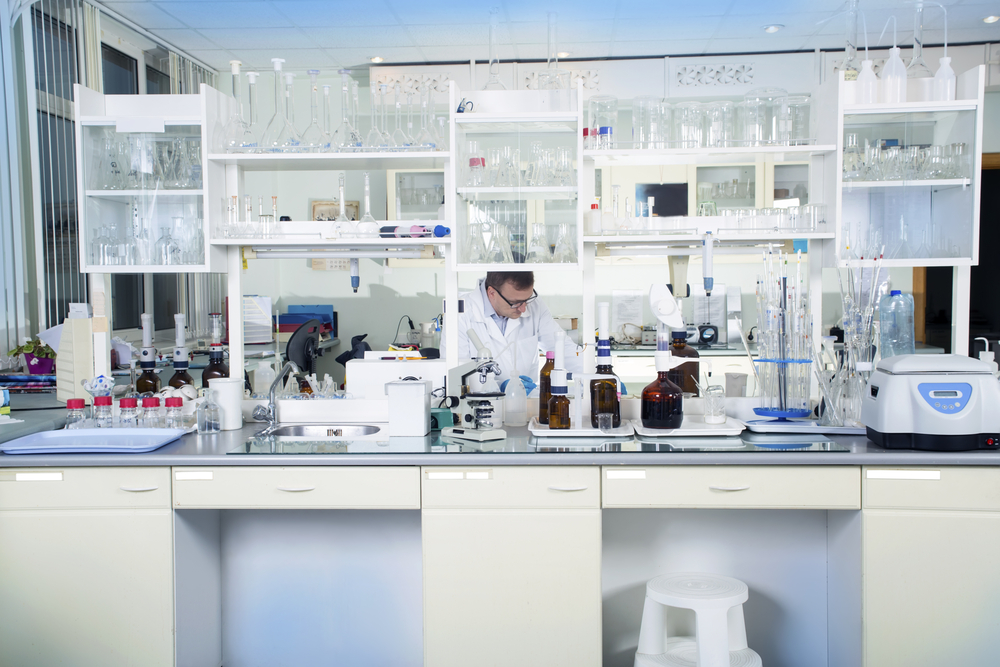
General purpose laboratory cupboards come in various types and configurations to suit different laboratory needs. Here are some common types:
1. Base Cabinets
These are standard cabinets placed on the floor, often supporting a work surface or workbenches. They typically have drawers and/or shelves for storage of laboratory equipment, chemicals, and supplies.
2. Wall Cabinets
Mounted on the wall, these cabinets provide additional storage space without taking up floor space. They are often used for storing chemicals, glassware, or other items that need to be kept off countertops.
3. Tall Cabinets
These are taller versions of base cabinets, often reaching ceiling height. They provide more storage space and may include shelves, drawers, and compartments of different sizes.
4. Mobile Cabinets
These cabinets are mounted on wheels, allowing them to be easily moved around the laboratory. They are often used for storing frequently used items or for flexible workspace configurations.
5. Safety Cabinets
These cabinets are designed to store hazardous and flammable chemicals safely. They are typically made of fire-resistant materials and may include features such as self-closing doors, venting, and spill containment.
6. Instrument Cabinets
These cabinets are designed to store sensitive instruments, such as microscopes or spectrophotometers, protecting them from dust and damage. Some instrument storage cabinets have integrated power support for charging rechargeable microscopes, and some cabinets are set on casters for easy mobility.
7. Glassware Cabinets
These cabinets are specially designed for storing glassware, with racks or shelves that can accommodate different sizes and shapes of glassware.
8. File Drawer Cabinet
This cabinet is designed with drawers that are sized to store files and documents. It’s useful for laboratories that need to organize and store paperwork, records, or research documents in a secure and accessible manner.
9. Open-Shelf Storage Cabinet
An open-shelf storage cabinet has shelves without doors, providing easy access to stored items. It’s ideal for storing items that are frequently used and need to be readily accessible, such as reference books, manuals, or commonly used supplies.
10. Pull-Out Tray Shelf Cabinet
This cabinet features shelves that can be pulled out like trays, providing easy access to items stored at the back of the cabinet. It’s useful for storing smaller items or supplies that need to be organized and easily accessible.
11. Rock Drawer/Paper Drawer Storage Unit
These specialized laboratory cupboards are designed to store rock samples or paper documents. The rock drawer storage unit typically has large, sturdy drawers that can accommodate heavy rock samples, while the paper drawer storage unit is designed with drawers suitable for storing large sheets of paper or maps.
Each type of cabinet can be customized with various features, such as adjustable shelves, locks, and different materials to suit the specific needs of the laboratory, providing efficient organization and easy access to stored items.
Biosafety Solutions
12. Laminar Flow Cabinets
Laminar flow cabinets are used to create a sterile work environment by directing HEPA-filtered airflow in a unidirectional manner over the work surface. This airflow helps to minimize the risk of contamination of samples or experiments by airborne particles, and laminar flow cabinets are perfect for creating an ultra-clean environment within a laboratory area or cleanroom.
13. Biosafety Cabinets (BSCs)
Biosafety cabinets are designed to provide a safe working environment for handling hazardous biological materials. They use HEPA filters to provide a sterile work area and contain any harmful aerosols or particles generated during experiments.
14. Fume Hood Cabinets
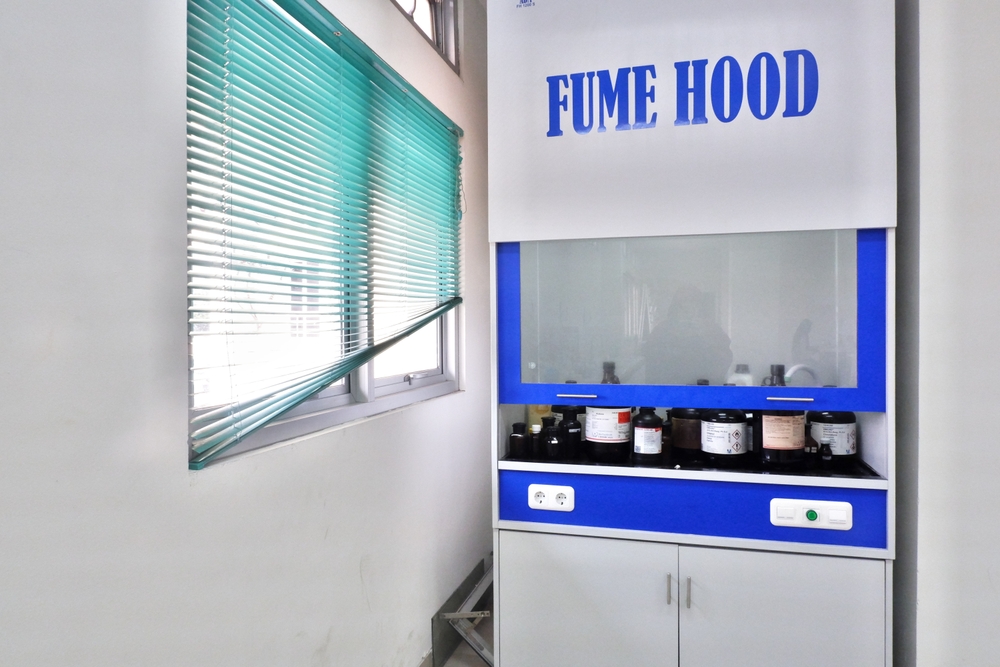
These cabinets are integrated with fume hoods, used to protect laboratory personnel from exposure to hazardous fumes, gases, or vapors. They work by drawing air away from the user and into the hood, where it is then exhausted through a ventilation system. Fume hoods are essential for handling chemicals that can pose health risks if inhaled.
Customization Options for Laboratory Cupboards
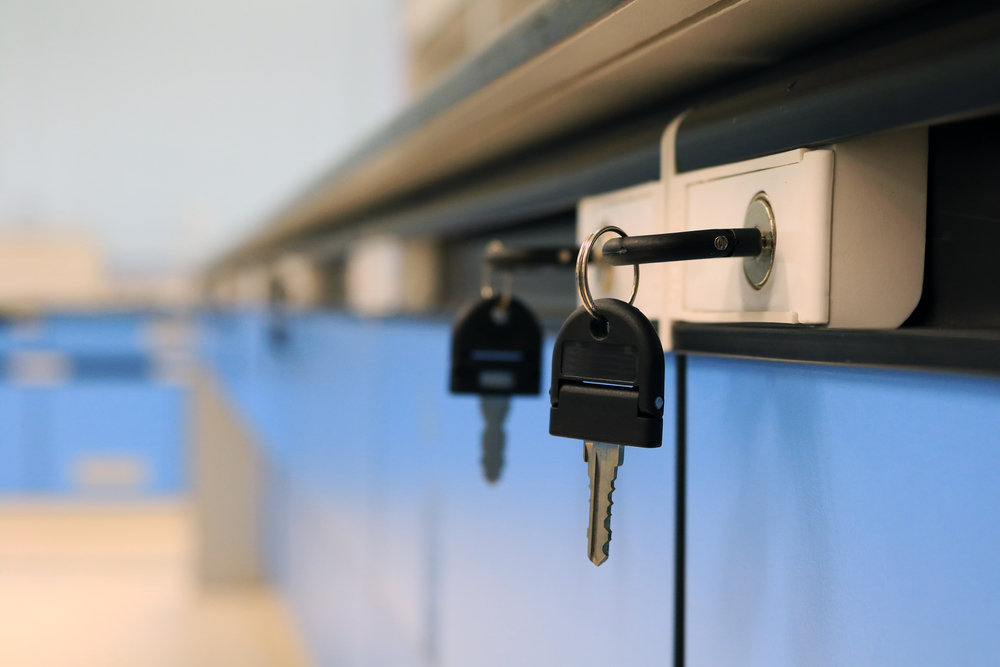
General purpose laboratory cupboards can be customized to suit the unique needs of the facility. The list of configurations and options is almost endless, some of which are listed below:
- Shelves: Shelves can be fixed or adjustable. Adjustable shelves allow for flexibility in storing items of different heights and sizes.
- Drawers: Drawers can be shallow or deep, providing storage options for different types of items. Shallow drawers are suitable for small items, while deep drawers can accommodate larger items.
- Doors: Doors can be single or double, with various materials and configurations. They can be made of steel, wood, or glass, and can be fixed, sliding, or hinged. They can also have left- or right-side openings, depending on the user’s preference and space constraints.
- Built-in Power Strip: Some laboratory cupboards may include a built-in power strip to supply recharging power to microscopes or other equipment, providing convenient access to power within the cupboard at laboratory workstations.
- Electrical Plugs and Data Ports: Laboratory cupboards may also have electrical plugs and data ports integrated into the design, allowing for easy connectivity and access to power and data within the cupboard.
- Connected Hoses or a Built-in Sink Unit: Some lab cupboards may include connected hoses for water supply or a built-in sink unit, providing access to water within the cupboard for experiments or cleaning purposes.
- Locking Device: Cupboards can have a locking device for security. Locks can be electronic or manual, providing a secure way to protect stored items.
- Casters: Cupboards can be equipped with casters for mobility. Casters can be standard type or heavy-duty swivel casters, with or without a locking feature, allowing the cupboard to be easily moved or secured in place.
- Turret with Gas Valve: Some lab cupboards may include a turret with a gas valve, providing access to gas within the cupboard for experiments or equipment that requires gas supply.
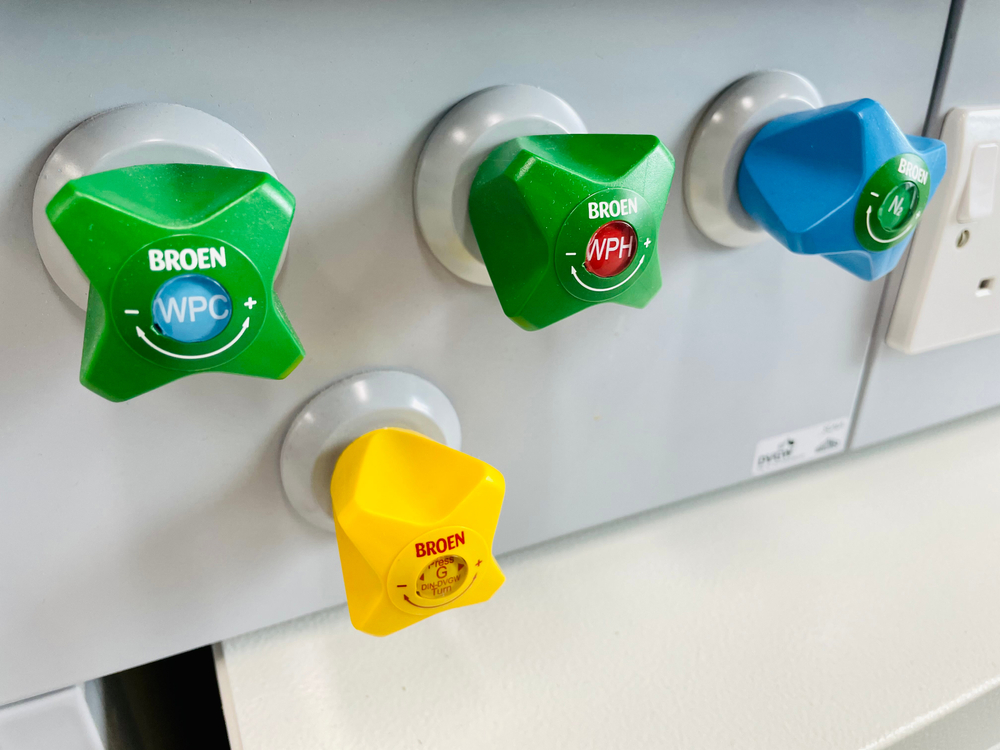
These options can be customized based on the specific needs of the laboratory and the types of items that need to be stored or accessed within the cupboard.
Materials Used for Laboratory Cupboards
The most popular materials used for lab cabinetry are similar to those used for worktops and lab tables in all types of labs:
Stainless Steel
Stainless steel is durable, corrosion-resistant, and easy to clean, making it ideal for laboratory settings where cleanliness and chemical resistance are important. It is commonly used in laboratories handling corrosive chemicals or requiring sterile environments, such as pharmaceutical labs.
Powder-Coated Steel
Powder coating is a process that makes steel stronger and more durable. A compressed air or electrostatic method is used to apply the powder to the steel. This is followed by a curing process in an oven that heats the powder coating to its melting point, causing it to form a smooth film. This renders the coating resistant to rust, peeling, cracking, and scratching. Powder coated steel is also resistant to corrosives, chemicals and UV rays. Powder-coating is available in a range of colors.
Epoxy-Coated Steel
Epoxy-coated steel provides similar durability and chemical resistance to stainless steel, but is typically more cost-effective. Epoxy resin is suitable for general laboratory use where chemical resistance is needed, but not to the same extent as with corrosive chemicals.
Phenolic Resin
Phenolic Resin is a durable and rugged material that is resistant to many acids and solvents. Phenolic resin lab cupboards are remarkably easy to clean and maintain, and they are virtually maintenance-free. These are resistant to most bacterial and fungal growth, making them suitable for use in most research labs.
High-Density Polyethylene (HDPE)
HDPE is a plastic material that is resistant to chemicals, moisture, and impact. It is lightweight and easy to clean, making it suitable for wet or corrosive laboratory environments.
Chemical Laminate
A chemical laminate is made by layering melamine resin, wood fibers, and phenolic resin-impregnated Kraft paper with a decorative substrate. The result is a material that is highly resistant to harsh chemicals like corrosives and alkalis.
Wood
Wood cabinets are less common in modern laboratories due to their lack of chemical resistance and potential for harboring contaminants. However, they can still be used in non-hazardous or low-risk laboratory settings where aesthetics or budget considerations are important.
Glass
Glass cabinets are used in laboratories where visibility and aesthetics are important. They are often used for storage of non-hazardous or sensitive materials where a clear view of the contents is desirable.
Each of these materials has its advantages and are suitable for different laboratory settings depending on the specific requirements of the lab.
Stainless steel and epoxy-coated steel are commonly used in laboratories where chemical resistance and durability are paramount, while HDPE is suitable for wet or corrosive environments.
Wood and glass cabinets are less common but can still be used in specific laboratory settings where their unique properties are beneficial.
Additional Reading: Chemistry Lab Cabinets: A Buyer’s Guide to Safety and Storage
Lab Cabinet Certifications
When purchasing laboratory cupboards for a laboratory space, you should look for certifications such as BIFMA and SEFA. The SEFA (Scientific Equipment and Furniture Association) is a performance-based standard utilized to evaluate the safety, durability, and structural integrity of casework. When the cupboards are constructed according to the SEFA standard, you can rest assured that it has undergone mechanical, dynamic, and exposure testing to guarantee its quality and endurance in a laboratory setting.
Conclusion
High-quality laboratory cupboards are essential components of any laboratory, providing storage solutions that are tailored to the specific needs of the laboratory environment. Whether it’s storing chemicals, equipment, or supplies, these specialized storage units play a crucial role in ensuring the safety, efficiency, and organization of laboratory operations. By understanding the different types and features of laboratory cupboards, laboratory owners can select the most suitable storage solutions to meet their unique requirements.

